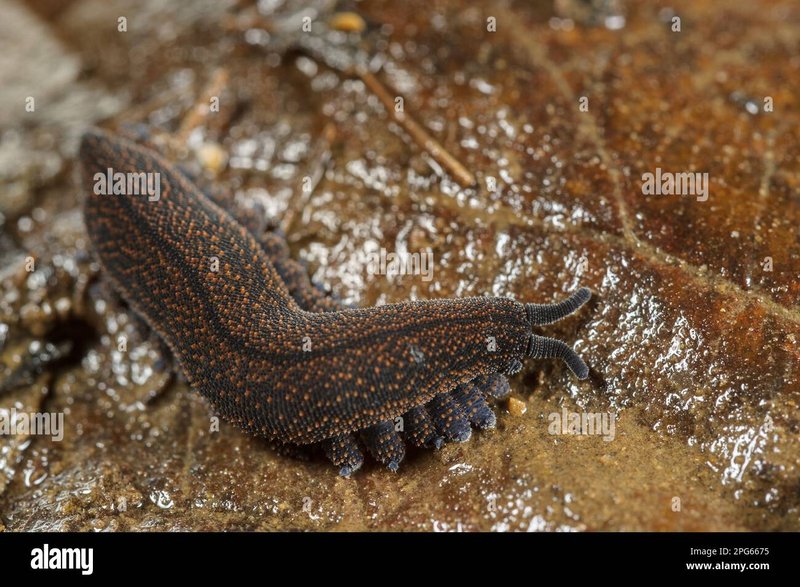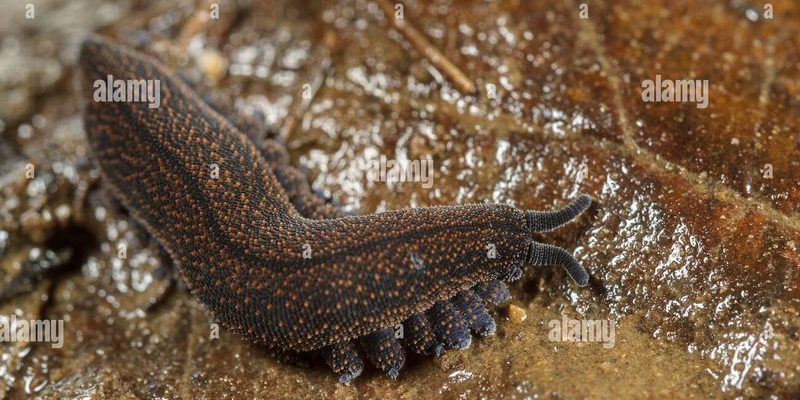
So, what exactly are velvet worms? Also known as *Onychophorans*, these unique animals are kind of like the bridge between insects and worms. They are often found in humid environments, where they can easily crawl through the understory of forests. Their diet mainly consists of small invertebrates, but where they choose to live and thrive—like decaying wood or fresh leaf litter—plays a significant role in their survival. Understanding their habitat preferences can tell us a lot about these ancient beings and why they matter in our ecosystems.
The Habitat of Velvet Worms
Velvet worms are fascinating creatures that thrive in moist, humid environments. They often inhabit leaf litter and decaying wood, both of which provide essential resources. But what does each habitat offer?
In the wild, velvet worms prefer areas that stay consistently damp. This is crucial because these animals don’t have a hard outer shell, making them vulnerable to drying out. Decaying wood is often rich in nutrients and moisture, creating a comfortable living space. It’s like finding a cozy, warm blanket on a cold night!
Conversely, fresh leaf litter, while also damp, offers a different set of benefits. Imagine a buffet of organic material that’s still breaking down. In these areas, velvet worms can find food and shelter while also staying safe from predators. But how do they choose between these two habitats?
Benefits of Decaying Wood
Let’s talk about decaying wood first. This habitat is like a treasure chest for velvet worms. Here’s why:
- Moisture Retention: Decaying wood often retains moisture longer than fresh leaves. This makes it an attractive option for velvet worms who need to keep their bodies hydrated.
- Nutrient-Rich Environment: The breakdown of wood creates a nutrient-rich substrate that can support various microorganisms. These microorganisms can serve as food for velvet worms, providing a sustainable food source.
- Protection: The crevices and nooks in decaying wood offer shelter from predators and harsh environmental conditions, acting as a safe haven for these sensitive creatures.
The combination of moisture, nutrients, and protection makes decaying wood a prime habitat for velvet worms.
Advantages of Fresh Leaf Litter
Now, let’s shift our focus to fresh leaf litter. While it may not have the same benefits as decaying wood, it doesn’t fall short either:
- Accessibility: Fresh leaf litter is more readily available than decaying wood in many habitats, providing velvet worms with plenty of options to explore.
- Fresh Nutrients: The decomposition process in leaf litter is ongoing, which means it’s often rich in fresh organic matter. Velvet worms can find an assortment of decomposing insects or fungi, adding variety to their diet.
- Temperature Regulation: Leaf litter can act as an insulator, providing a stable microclimate for velvet worms, protecting them from extreme temperatures.
While fresh leaf litter may not offer everything that decaying wood does, it still provides ample advantages for velvet worms.
How Velvet Worms Choose Their Habitat
So, how do velvet worms decide where to settle down? It’s not like they can pull up a map and figure it out! In reality, their choice is often influenced by availability and environmental conditions. Here’s a bit more about that process.
Velvet worms are typically found in environments that support high humidity and consistent moisture. They’re known to migrate based on the availability of their preferred habitats. If decaying wood is abundant and moist, they’ll likely choose that option. If conditions are suitable in fresh leaf litter, they’ll happily make their home there too.
Interestingly, velvet worms are also capable of detecting certain environmental cues. They have sensory organs that can help them sense humidity levels and temperature. If you picture them as little explorers, their instincts guide them as they search for the coziest spots.
What This Means for the Ecosystem
Now that we’ve explored where velvet worms prefer to live, you might be curious why it matters. These unassuming creatures play a vital role in their ecosystems, helping to break down organic matter and recycling nutrients.
By thriving in decaying wood and leaf litter, velvet worms contribute to the decomposition process. This means they help convert dead plant and animal matter back into nutrients that can be used by living organisms. It’s like being a tiny but essential part of nature’s recycling system!
Additionally, velvet worms serve as an indicator species. Their presence can indicate the overall health of an ecosystem. If velvet worms are thriving, it often means the habitat is healthy and provides the right balance of moisture and nutrients.
In the end, whether velvet worms prefer decaying wood or fresh leaf litter often depends on their specific needs at any given moment. Both habitats offer unique advantages that allow these fascinating creatures to survive and thrive. It’s a delicate balance—just like life in the forest itself.
By appreciating these small but significant beings, we can gain a deeper understanding of the ecosystems we share with them. So next time you take a walk in the woods, remember the velvet worms working behind the scenes, quietly playing their part in the grand tapestry of life. Who knew such tiny creatures could make such a big difference?

